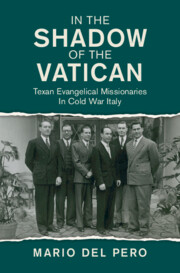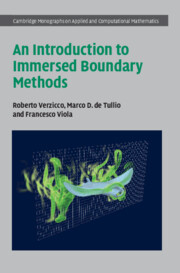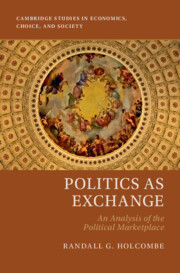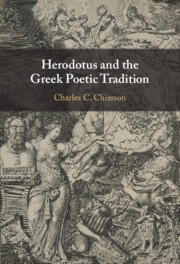Refine search
Actions for selected content:
3386674 results

In the Shadow of the Vatican
- Texan Evangelical Missionaries in Cold War Italy
- Coming soon
-
- Expected online publication date:
- October 2025
- Print publication:
- 06 November 2025
-
- Book
- Export citation

An Introduction to Immersed Boundary Methods
- Coming soon
-
- Expected online publication date:
- October 2025
- Print publication:
- 06 November 2025
-
- Book
- Export citation
Index
-
- Book:
- Return of Tyranny
- Published online:
- 17 September 2025
- Print publication:
- 23 October 2025, pp 297-305
-
- Chapter
- Export citation
Appendix E: - Interview Strategy
-
- Book:
- Return of Tyranny
- Published online:
- 17 September 2025
- Print publication:
- 23 October 2025, pp 267-270
-
- Chapter
- Export citation
Chapter 1 - Conceptualizing Cognition and the Arts
-
- Book:
- Cognition and the Arts
- Published online:
- 14 September 2025
- Print publication:
- 23 October 2025, pp 1-30
-
- Chapter
- Export citation
7 - Trajectories of Counterrevolution
-
- Book:
- Return of Tyranny
- Published online:
- 17 September 2025
- Print publication:
- 23 October 2025, pp 203-233
-
- Chapter
- Export citation

Politics as Exchange
- An Analysis of the Political Marketplace
- Coming soon
-
- Expected online publication date:
- October 2025
- Print publication:
- 06 November 2025
-
- Book
- Export citation
Chapter 4 - The Affective Mind and Cinematic Expression
-
- Book:
- Cognition and the Arts
- Published online:
- 14 September 2025
- Print publication:
- 23 October 2025, pp 90-113
-
- Chapter
- Export citation
Appendix II - Filippo de’ Medici, Ricordo
-
- Book:
- Wall Painting, Civic Ceremony, and Sacred Space in Early Renaissance Italy
- Published online:
- 19 September 2025
- Print publication:
- 23 October 2025, pp 365-368
-
- Chapter
- Export citation
8 - Conclusion
-
- Book:
- Return of Tyranny
- Published online:
- 17 September 2025
- Print publication:
- 23 October 2025, pp 234-248
-
- Chapter
- Export citation
Copyright page
-
- Book:
- Cognition and the Arts
- Published online:
- 14 September 2025
- Print publication:
- 23 October 2025, pp iv-iv
-
- Chapter
- Export citation
Tables
-
- Book:
- Return of Tyranny
- Published online:
- 17 September 2025
- Print publication:
- 23 October 2025, pp xiii-xiv
-
- Chapter
- Export citation

Herodotus and the Greek Poetic Tradition
- Coming soon
-
- Expected online publication date:
- October 2025
- Print publication:
- 06 November 2025
-
- Book
- Export citation
Epilogue
-
- Book:
- Cognition and the Arts
- Published online:
- 14 September 2025
- Print publication:
- 23 October 2025, pp 144-144
-
- Chapter
- Export citation

Impact of Urban Floods on Water Quality
- Coming soon
-
- Expected online publication date:
- October 2025
- Print publication:
- 06 November 2025
-
- Book
- Export citation
Prologue
-
- Book:
- Cognition and the Arts
- Published online:
- 14 September 2025
- Print publication:
- 23 October 2025, pp xi-xii
-
- Chapter
- Export citation

Milton's Strenuous Liberty
- Coming soon
-
- Expected online publication date:
- October 2025
- Print publication:
- 06 November 2025
-
- Book
- Export citation

Moral Heroism without Virtue
- Coming soon
-
- Expected online publication date:
- October 2025
- Print publication:
- 06 November 2025
-
- Book
- Export citation
2 - What Is a Counterrevolution?
-
- Book:
- Return of Tyranny
- Published online:
- 17 September 2025
- Print publication:
- 23 October 2025, pp 18-43
-
- Chapter
- Export citation
Acknowledgments
-
- Book:
- Return of Tyranny
- Published online:
- 17 September 2025
- Print publication:
- 23 October 2025, pp xv-xviii
-
- Chapter
- Export citation
